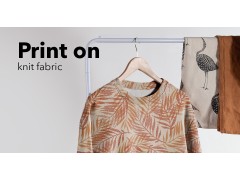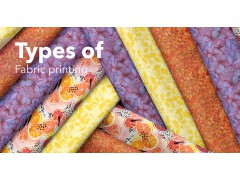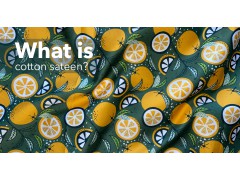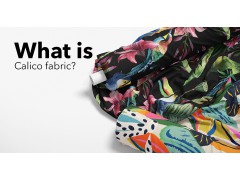Everyone is talking about a time before and after corona. As if the start of the pandemic is the moment when a page was turned.
The world has changed due to the corona virus and it seems to be a while before we can pick up our old lives again. In the meantime, everyone is trying to get used to "the new normal".
But how big is the impact of the Covid-19 pandemic in the fashion industry?
We will tell you more about it in this blog.
Corona crisis and the fashion industry: two problems
The corona crisis is not only affecting our lives, but also the economy. There are, for example, far-reaching consequences for the fashion industry.
The fashion industry is currently facing two problems. First, a humanitarian crisis looms in low-wage countries, as many major brands have canceled or postponed their orders. Second, the industry is facing problematic overstocking.
Both problems are particularly relevant in fast fashion, where major retail brands want to sell their cheap clothing as quickly as possible.
Below we will briefly explain the two problems. Then we show several positive developments within the fashion industry.
Humanitarian crisis due to cancellation of orders
First of all, the humanitarian crisis. This crisis arose because fashion companies suddenly saw their revenue disappear because of COVID-19: shops had to close, fashion shows were not allowed to continue and consumers spent less money on clothing.
The response from fashion brands was to cancel their orders with suppliers. Elle wrote earlier that clothing manufacturers, especially in low-wage countries, saw a large part of their income evaporate as a result. Not surprising, because it involves a total of about 3.18 billion dollars in cancellations!
According to an article in the Correspondent, H&M has delayed orders worth $ 178 million and Zara for $ 109 million. But brands such as Tommy Hilfiger, Primark, Hema and Miss Etam are also withdrawing en masse. Even clothing that has already been produced is not (fully) paid for.
Tens of thousands of garment workers have lost their jobs and income overnight. In low-wage countries such as Bangladesh, there is no social safety net. It is therefore a good chance that this will lead to a humanitarian crisis.
While the fashion industry has been making promises about sustainable and fair production for years, these ambitions turn out to be unsustainable in times of crisis. And the people who make our clothes are the victims.
Is this the last straw that will finally ensure better conditions in production countries? It looks like that.
The European Commission is working on a new law to enable companies to fulfill their obligations in the field of sustainable and fair production.
For example, the Correspondent reports: "It (the European Commission, ed.) intends to pass legislation to keep companies fulfilling their obligations in the field of sustainable and fair production. Companies are required to investigate, report and address abuses in their supply chain. "
It is difficult to estimate whether the efforts of the European Commission will provide a solution for the dire situation in the production countries in the short term. But the new legislation is in any case a step in the right direction.
Problematic overstocking
In addition to the looming humanitarian crisis in low-wage countries, over-supply is another problem facing the fashion industry. It is a structural problem that is emphasized on this day, because clothing doesn’t get sold.
The concept of overstocking actually says directly what it means: there is too much stock. And that's a problem. After all, too large stocks cost companies a lot of money. They not only pay for the storage, but also have to considerably discount their fashion to sell the stock in time (read: before the end of the season).
Large chains in particular run into this problem, according to Forbes. Overstocking at these stores leads to massive losses, redundancies and cancellations of supplier orders. The surplus is therefore an important cause for the imminent humanitarian crisis that has already been described above.
Overstocking is a phenomenon that has been around for some time in the fashion industry.
Quartz: "H&M had $ 4 billion worth of unsold clothing in 2019. That was before the corona crisis: companies had not been doing well for some time. They are caught up in a dilemma of offering new clothes, competing against price fighters and selling collections on time. An anything but sustainable battle, in which COVID-19 may play a crucial role in doing things radically differently. "
As a short-term solution, clothing brands are trying to sell their products at rock-bottom prices. Wherever you shop, both offline and online, there seems to be more sales than "regular" sales. NOS also wrote: "With substantial discounts, retailers try to entice customers to buy their poorly sold spring collections."
But even with discounts of up to 70%, there is still a lot left.
And the smaller entrepreneur who does not work with large stocks also has a hard time because of the sales. Because who is still going to shop with them now that stores like C&A are even cheaper than before?
Opportunities for the local entrepreneur and designer
Fortunately, there is also good news in these turbulent times. We see that more and more consumers are committed to supporting local businesses. And that offers opportunities for local entrepreneurs and designers.
They want to recover together and that is a fantastic development. The crisis has brought about a noticeable change in consumer attitudes, and this is also impacting the fashion industry.
The crafts are experiencing a real renaissance and the makers are again at the forefront.
This is a good development, especially for small entrepreneurs and local designers. If they can contribute to making the fashion industry more sustainable through local, small-scale production, they are definitely one step ahead of the major players.
What will happen to 2020 clothing collections?
As mentioned earlier, overstocking is a major problem. But what actually happens to clothes that are not sold?
A question that more and more people are asking is: "What actually happens to spring collections?". If these clothes cannot be promoted through fashion shows and other physical channels, does it make sense to market the collections?
All around us, we see many designers pushing their collections through to 2021. Or we see them rigorously reforming their company and no longer having temporary collections at all. Because why are more than eight seasonal collections needed per year to stay trendy?
After all, working with "wardrobes" that do not depend on temporary trends and therefore last for years is a lot more sustainable.
Capsule wardrobe as the biggest Covid-19 fashion trend
A clothing trend that fits this movement is the capsule wardrobe. Consumers opt for a smaller (let's say: mini) wardrobe, with garments that they can combine endlessly.
Capsule wardrobes are a good example of more conscious consumption. The emphasis is on clothing that lasts and is not subject to trends. "Always good" garments. And this is diametrically opposed to the fast-fashion movement that has peaked in recent years.
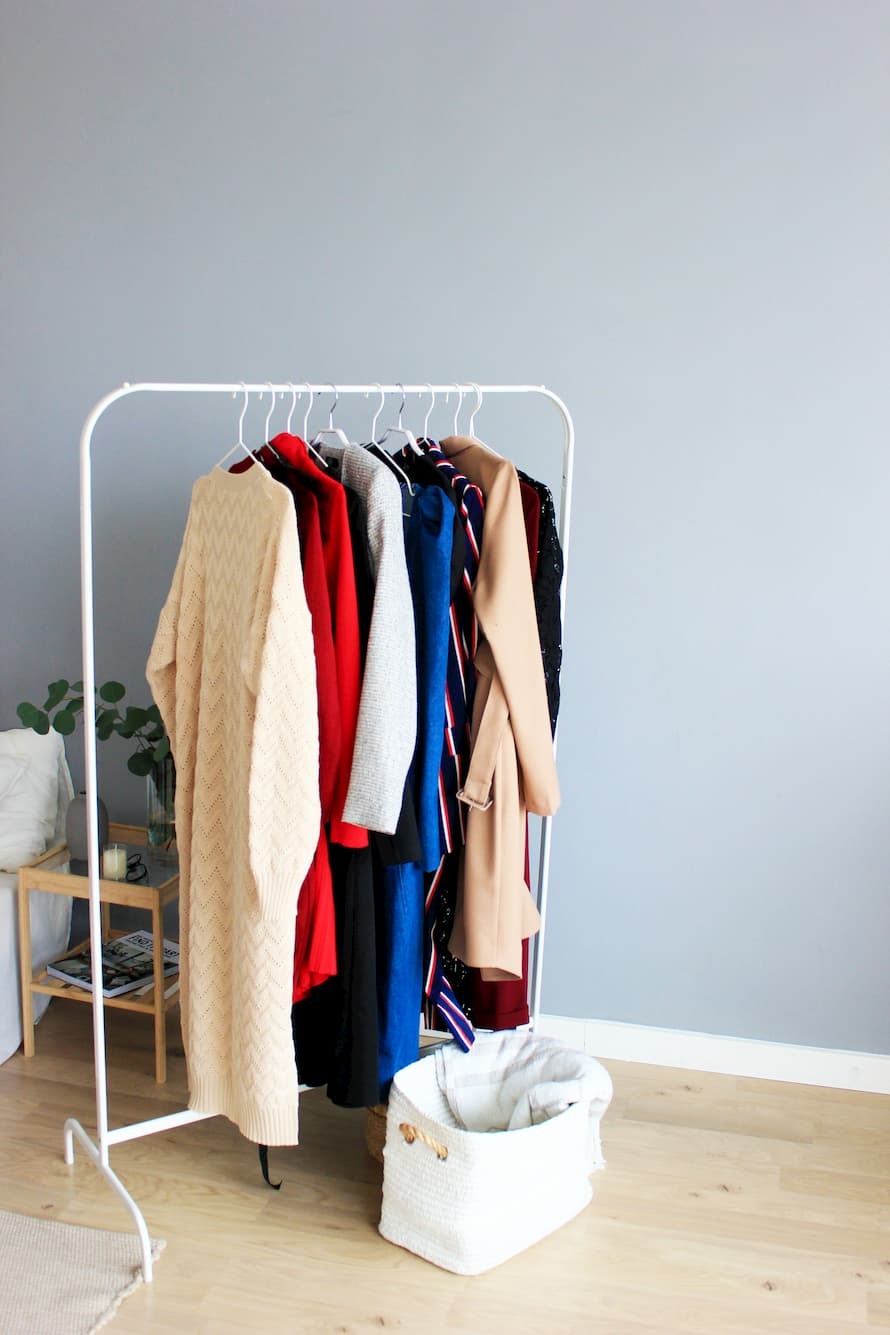
The capsule wardrobe shows that consumers are thinking more about their purchases and that is an important step forward in the fashion industry. It is a fashion change that may hurt companies in the short term because they are not getting rid of their stocks, but it is ultimately more sustainable.
Fashion changes due to Corona
Corona has exposed a number of important problems in the fashion industry, but also offers opportunities for original solutions. Since the outbreak of the pandemic, we have been living in a different world. Besides the fact that the 1.5 meter society is part of "the new normal", we also see a number of clear fashion changes.
For example, consumers are seeing local designers and entrepreneurs again and the European Commission is working on a law that makes companies responsible for their production lines in low-wage countries.
Collections are also being moved to next year and capsule wardrobes ensure that consumers always have something to wear, without the need for large amounts of clothing.
The sustainable vision of House of U
We also try to make a positive, sustainable impact on the fashion industry. At House of U we produce "on-demand". This means that we only produce what is ordered, so we never have too much stock or unsold clothing.
Would you like to know more about our vision for a more sustainable fashion industry? And how we think about the current fashion world? Check out our other blog in which we delve deeper into our vision for a sustainable fashion industry.
In that blog, Sander (director at House of U) answers all questions about sustainability at House of U and how we deal with a changing fashion sector.
Do you have any questions for us about this article? Please do not hesitate to contact us.
Cover photo by Michael Graste Photography. The mouth mask is from MLY.







